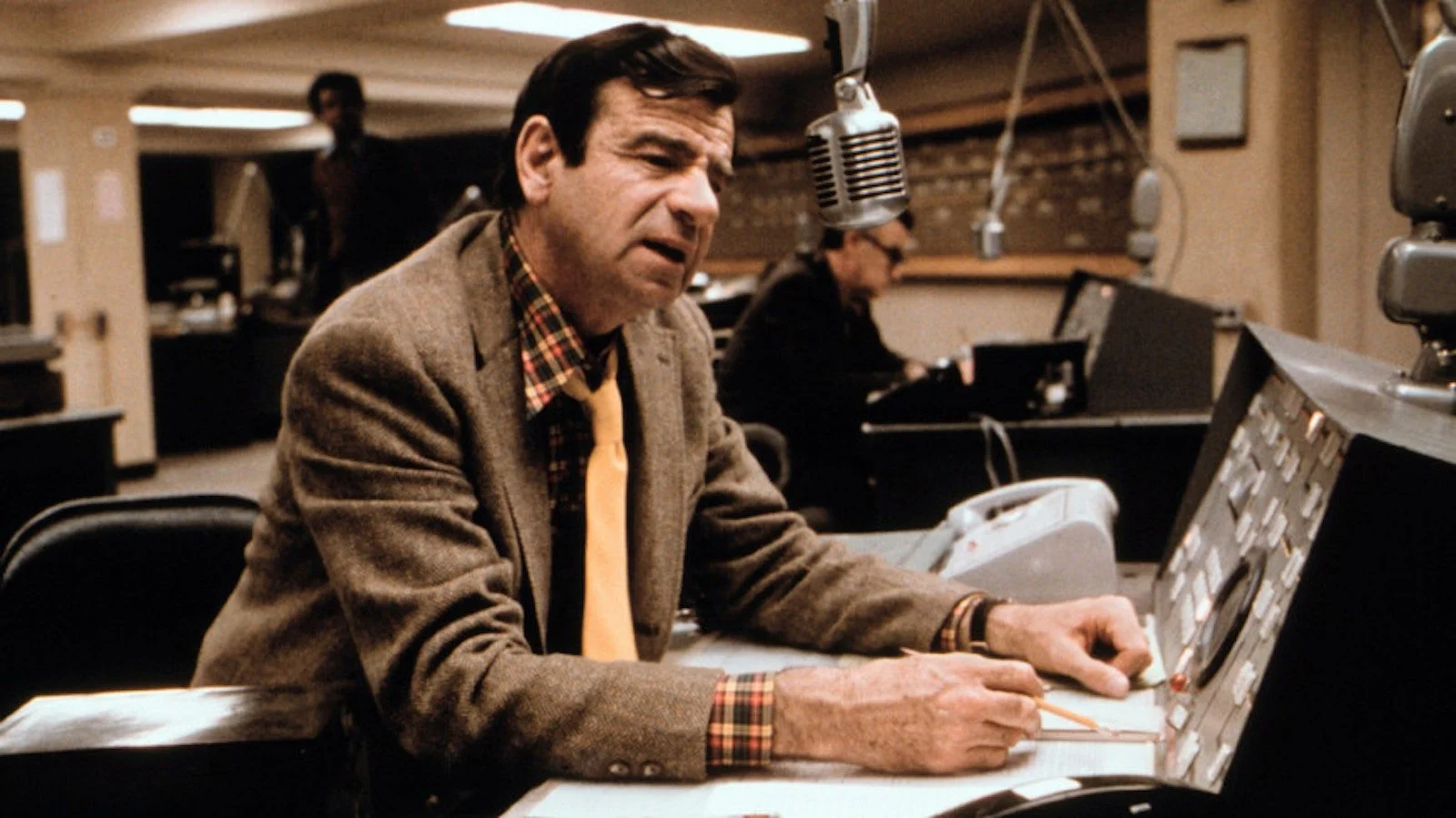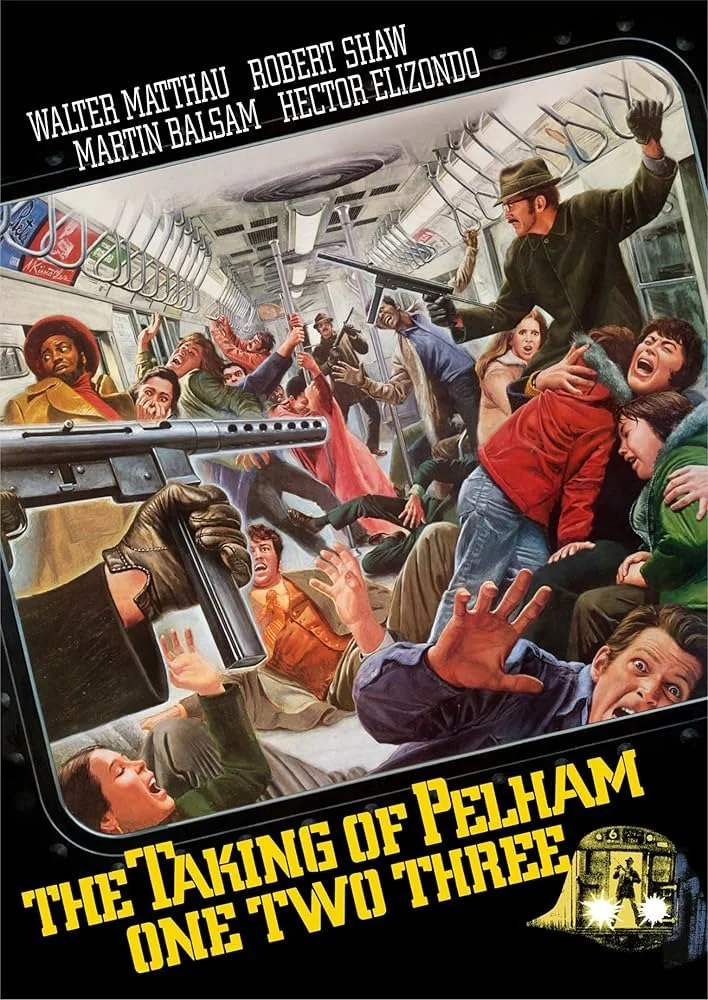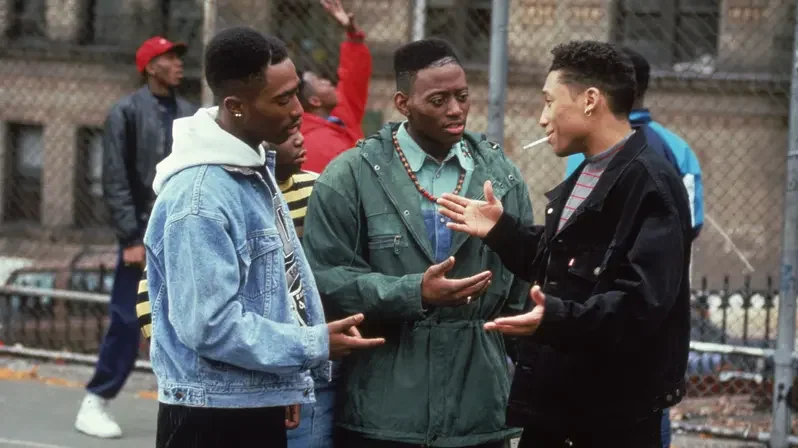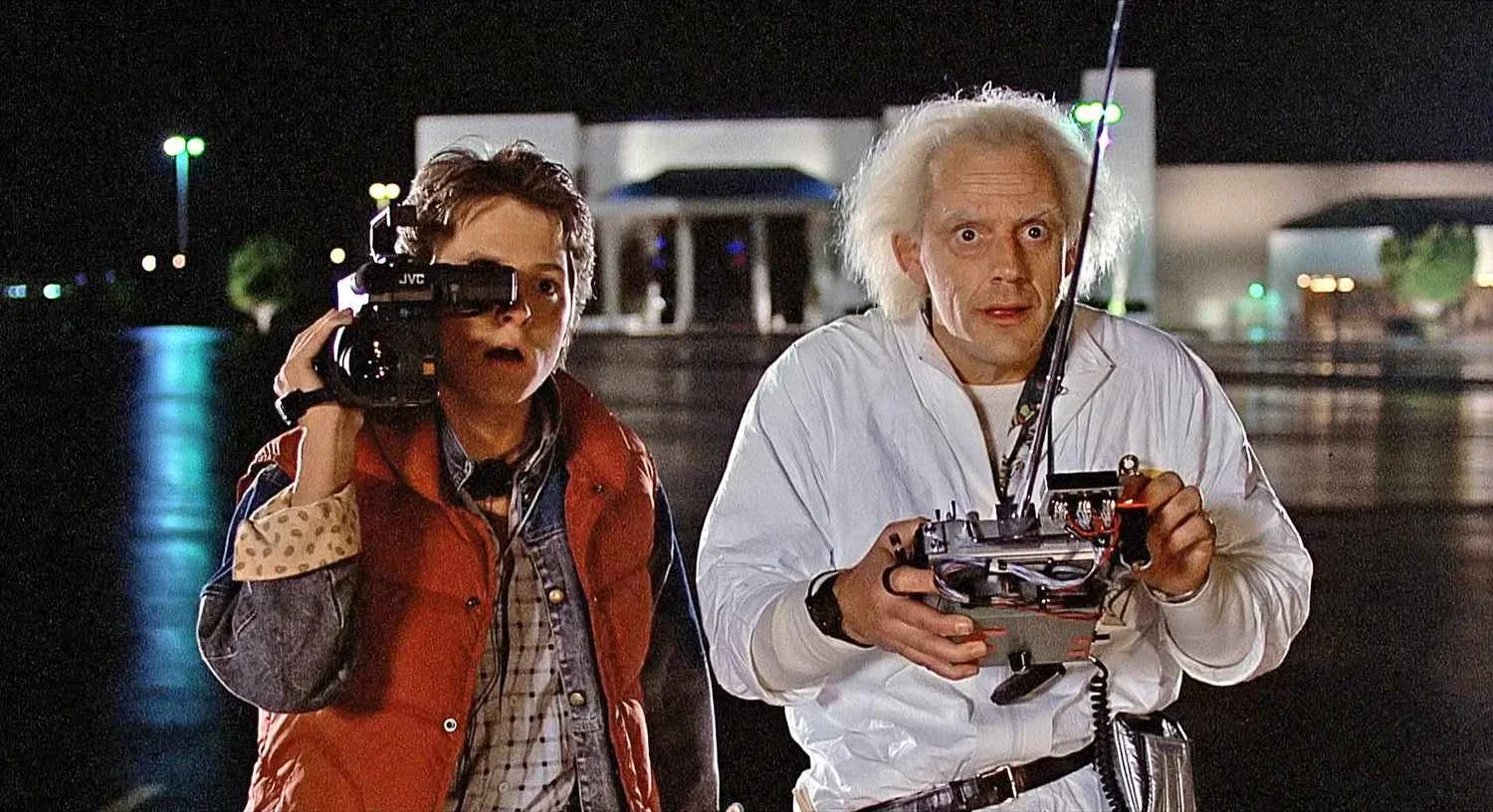The Taking of Pelham One Two Three
(Joseph Sargent, 1974)
⭐️⭐️⭐️⭐️ 1/2
New York City has experienced and enjoyed a wide spectrum of representation throughout film history. That is a benefit of being such a large city with a rich history in the entertainment industry. Some films present a glowing and loving look at the Big Apple at the time of production and how it may be the “best” city in the world. Others seem to enjoy wallowing in the muck in the streets of Manhattans and the surrounding boroughs throughout the decades. “The Taking of Pelham One Two Three”, the 1974 crime thriller from Joseph Sargent, is one of my favorite film representations of New York City, and it spends a lot of its run time beneath the streets of Manhattan instead of the surface. The film presents a true, honest, and ultimately entertaining look at an ugly time in the city’s past, a time of cynicism and pessimism when New York City was like living in a hellscape.
“The Taking of Pelham One Two Three” revolves around a plot to hijack and hold a subway train hostage in an attempt to secure a $1 million ransom. This plot is lead by the menacing Mr. Blue (Robert Shaw), and he is joined by a “colorful” team of hijackers that includes Mr. Green (Martin Balsam), Mr. Grey (Hector Elizondo), and Mr. Brown (Earl Hindman). As Mr. Blue and his team carefully and coldly take over the train, the plot is discovered by the likes of Lt. Zachary Garber (Walter Matthau), a police officer working for the New York City Transit Police. Garber has to communicate and deal with Mr. Blue’s unrelenting demands all while trying to keep the hostages alive, his superiors in the loop, and an office of belligerent co-workers from overreacting. Garber has an ally in Lt. Rico Patrone (Jerry Stiller), but even Patrone at times seems to have an ambivalence towards Garber’s efforts to end the hijacking.
What makes “The Taking of Pelham One Two Three” stand out from being just another routine hostage and rescue movie is how it so effectively captures the spirt of 1970s New York in its characters and setting. The grime, the despair, and the frustrations present in New York at the time come across in basically every frame of the movie. The New York City we see in “The Taking of Pelham One Two Three” is not a New York City that is attractive by any means or even one that is financially stable. The characters of the film would readily know that, but they would also tell you off if you happened to bring up that fact because how dare you slander New York City. Everyone is rude and worn down by the weight of New York City’s problems, and they readily take it out on anyone around. Sargent does a magnificent job of putting all of this frustration on the screen. Whether it is the subway workers (Dick O’Neill and Tom Pedi), who cannot grasp the seriousness of the hijacking due to their hardheaded New York mentality, or the ineffective and sickly mayor (Lee Wallace), who shows no sense of true leadership in a crisis, “The Taking of Pelham One Two Three” is brimming with reminders of the ugliness of New York City in 1974.
Lt. Garber is also a product of this environment, but he rises above the cynicism and pessimism present in seemingly everyone else trying to end the hijacking and hostage situation. Matthau’s performance as Lt. Garber is a man who is flawed, one able to engage in the casual racism of the day when a group of Japanese subway administrators are visiting, but is also smart enough to realize the dire nature of the situation. Sure, he gets easily frustrated with Mr. Blue’s rigidness and unwavering demands, but Garber is also smart enough to realize Mr. Blue is not bluffing. While everyone else in the office might be yelling about relatively small things, such as keeping the trains running on time and letting the hostages fend for themselves, Garber tries to find an effective solution out of the predicament. New York City has most likely worn Garber down over the years, but he uses that hardness to his advantage, especially as he and Patrone start to piece together how Mr. Blue’s plot came to be.
Mr. Blue is the character who is the fish out of water and a true antagonist to the chaos of 1974 New York City. He is a foreign mercenary, but his team is comprised of New York City citizens. The “spirit” of New York City is foreign to a man like Mr. Blue, who operates with a militaristic sense of order and command. Shaw, who was one of the best 3 film stretches in history with his turn in “The Sting” coming before and his turn in “Jaws” coming directly after”, is cool and collected with his performance as he runs the hijacking plot from the comfort of a New York subway train. He has a list of demands and deadly consequences If Garber and his associates do not comply. This calm nature is a stark contrast to the emotionally driven responses given by the subway workers and even Garber at times. It is a real delight to watch Shaw and Matthau go back and forth as their characters communicate via radio and not on screen with each other. The battle of wills between the military precision of the foreign Mr. Blue and the emotionally driven logic of the New Yorker Lt. Garber is what makes “The Taking of Pelham One Two Three” and incredibly enjoyable viewing experience.
New York as a hellscape, or, in a better sense, New York before the gentrification efforts of the late 1980s into the 1990s is one of my favorite representations of the city on film. New York feels alive and breathing even if it is a city rife with turmoil. At least the city had character during that time. Things were dangerous but could still be interesting. “The Taking of Pelham One Two Three” captures this spirit so well, and it is why it’s my favorite film in this particular representation of New York City. The city in “The Taking of Pelham One Two Three” is a city loaded with problems, and a hijacking is just another one to deal with in a given day. I’d rather watch a movie like this than one where New York is squeaky clean and as sterile as a hospital room.
This review is part of my From the Vault series showcasing movies of the past I have decided to visit or revisit and review.





“Uncle Buck” is a comedy that could have fallen flat but is elevated by talents of its star and director, who both show an evolution in their craft.